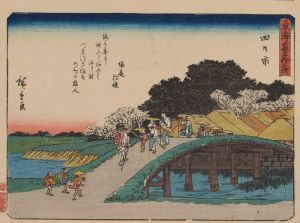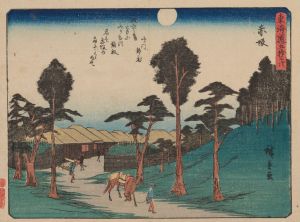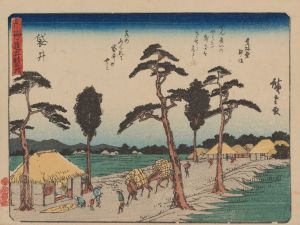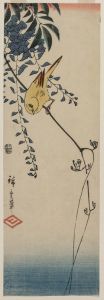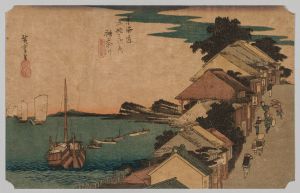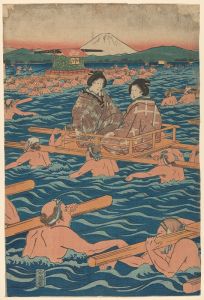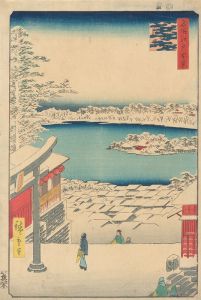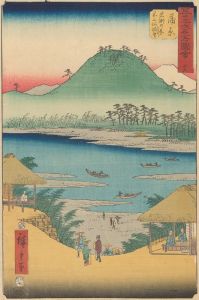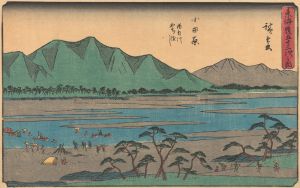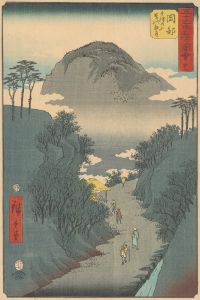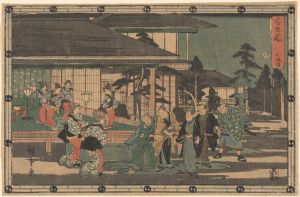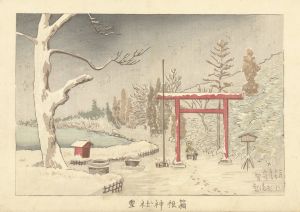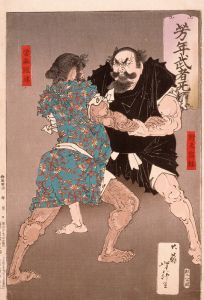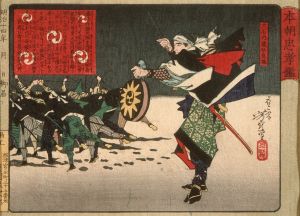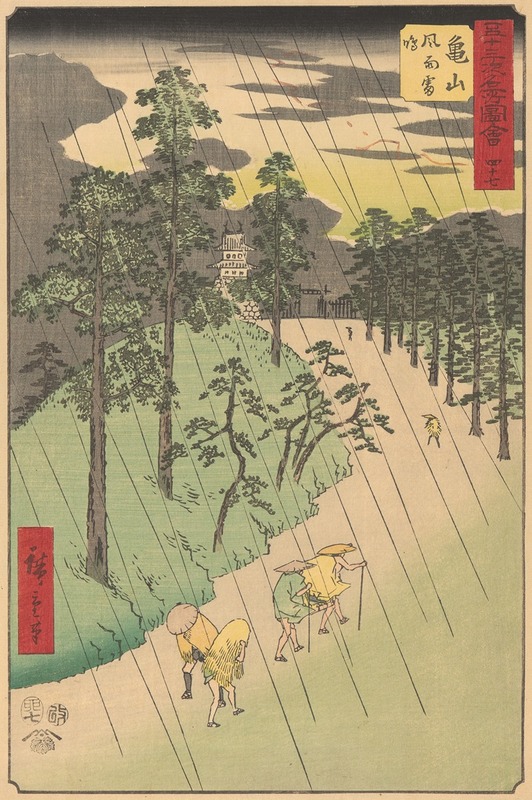
Kameyama
A hand-painted replica of Andō Hiroshige’s masterpiece Kameyama, meticulously crafted by professional artists to capture the true essence of the original. Each piece is created with museum-quality canvas and rare mineral pigments, carefully painted by experienced artists with delicate brushstrokes and rich, layered colors to perfectly recreate the texture of the original artwork. Unlike machine-printed reproductions, this hand-painted version brings the painting to life, infused with the artist’s emotions and skill in every stroke. Whether for personal collection or home decoration, it instantly elevates the artistic atmosphere of any space.
Andō Hiroshige, a renowned Japanese ukiyo-e artist of the Edo period, is celebrated for his landscape prints and depictions of nature. One of his notable works is "Kameyama," which is part of the series "The Fifty-three Stations of the Tōkaidō" (Tōkaidō Gojūsan-tsugi no Uchi). This series, produced in the 1830s, is among Hiroshige's most famous and is highly regarded for its artistic and historical significance.
"The Fifty-three Stations of the Tōkaidō" series illustrates the various post stations along the Tōkaidō road, which was the main travel and transport route between Edo (modern-day Tokyo) and Kyoto during the Edo period. The series consists of 55 prints, including the starting point at Nihonbashi in Edo and the endpoint in Kyoto, with 53 stations in between. Each print captures the unique characteristics and scenery of the respective station, providing a glimpse into the travel culture and landscape of Japan during that era.
"Kameyama" is the 47th station in the series and is located in present-day Mie Prefecture. The print depicts a snowy scene, which is a common theme in Hiroshige's work, showcasing his ability to capture the beauty and tranquility of winter landscapes. In this particular print, travelers are seen making their way up a steep, snow-covered hill towards Kameyama Castle, which is partially visible in the background. The castle, an important historical landmark, adds a sense of grandeur and historical context to the scene.
Hiroshige's use of color and composition in "Kameyama" is noteworthy. The contrast between the white snow and the dark outlines of the travelers and trees creates a striking visual effect. The gentle curves of the hill and the winding path lead the viewer's eye through the composition, evoking a sense of movement and journey. Hiroshige's attention to detail and his ability to convey the atmosphere of the scene are evident in the delicate depiction of the snow-laden branches and the footprints in the snow.
The "Kameyama" print, like others in the Tōkaidō series, reflects Hiroshige's keen observation of nature and his skill in rendering the subtleties of light and weather. His work had a significant influence on Western artists, particularly the Impressionists, who admired his innovative use of perspective and color. Hiroshige's landscapes, including "Kameyama," continue to be celebrated for their artistic beauty and their ability to transport viewers to the serene and picturesque world of Edo-period Japan.
Overall, "Kameyama" by Andō Hiroshige is a masterful example of ukiyo-e art, capturing the essence of a historical travel route and the natural beauty of Japan. It remains a valuable piece for both art enthusiasts and historians, offering insight into the cultural and artistic heritage of Japan.





